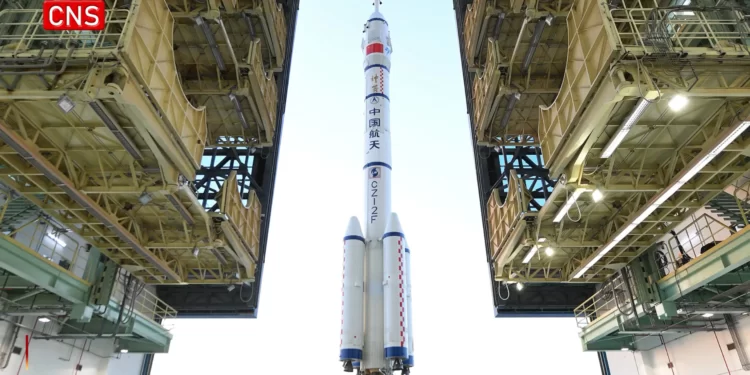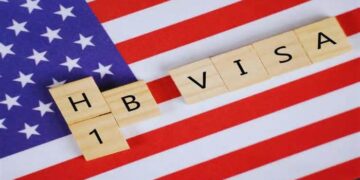In Race for Space Part 2, China is leading the race to the moon and America is worried

The U.S. and China are once again locked in an age-old rivalry, vying for more shares of the moon. The winner can claim the lunar rock resources for himself.
What: Top NASA officials voiced their concerns about Chinese ambitions to conquer the moon a month after three Chinese astronauts returned from a six-month mission in which they helped build and open a new space station.
NASA Administrator Bill Nelson seems baffled by “the mischief China can do on the Moon” and believes China may try to corner the market in resource-rich areas on the Moon’s surface and try to block the United States and other countries. lunar material.
Nelson demonstrated China’s lunar ambitions by citing its establishment of military bases in the hotly contested Spratly Islands in the South China Sea.
Background: Nelson’s warnings come amid NASA’s failure to receive much-needed funding following the passage of the US Congress’ budget. Still, NASA’s 26-day Artemis-I lunar orbiter comes as a silver lining and the first big step for NASA’s plan to put people on the moon and begin building a permanent human presence as early as 2025.
With $24.5 billion approved for 2023, a five percent increase over 2022, Nelson believes it will be enough to cover NASA ‘essentials’ – which primarily include the Artemis-II and Artemis-III missions.
China’s dominance: China has launched several robotic rovers and landers over the past few years, including an orbiter, lander and rover that reached Mars and, for the first time, even the far reaches of the Moon.
The U.S. military is on red alert about the potential security implications of China’s advances in deep space, and has expressed growing concerns about the development of competing space technologies that could harm U.S. satellites.
China speaks out: While US officials are skeptical of China’s aggressive expansion, a spokesman for the Chinese embassy in Washington says otherwise.
Now what: The race for the moon between the U.S. and China is tightening, and the next two years could decide who comes out on top.

















